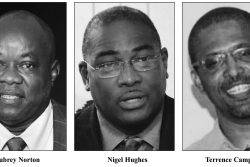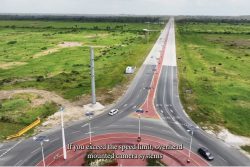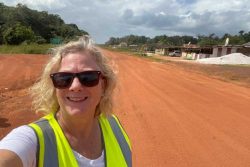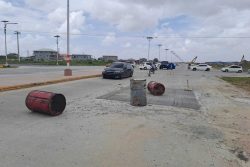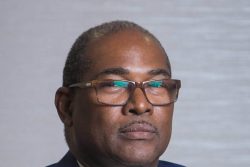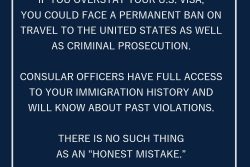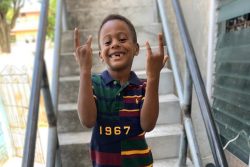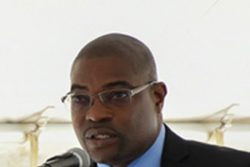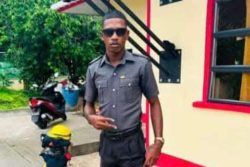The recent controversy surrounding a Grade Three textbook used in our schools has laid bare some very uncomfortable truths about the state of our education system. Following the public outrage sparked by the posting of offensive content on social media, the Ministry of Education swiftly withdrew the book. While this response may appear decisive in the public’s eyes, it raises urgent questions about how such content ever made its way into classrooms in the first place.
This was no mere oversight. The approval of educational materials involves several layers—educational experts, researchers, quality control officers, and curriculum developers. Each bears responsibility for safeguarding the intellectual and moral content that shapes the minds of the next generation. To believe that such a system could “accidentally” approve politically charged or culturally insensitive material strains the limits of public trust.
What makes the incident more troubling is its potential link to longstanding tensions between the Government of Guyana and the Chinese Landing Indigenous community. The dispute over mining rights on Indigenous lands—an issue that has seen numerous rulings in favour of the community by both local and international bodies—casts a long shadow over the presence of the offensive content in the textbook. In such a context, the notion that this was merely a bureaucratic slip-up becomes difficult to accept. One undeniable fact remains: this text bore the official imprimatur of the Ministry of Education.
But this incident is more than a flashpoint; it is a symptom of deeper systemic neglect, especially in the way Indigenous peoples are treated within our education system. What kind of education are we offering when Indigenous children are expected to internalize material that denies their dignity or erases their perspectives?
Take, for example, the omission of Indigenous knowledge systems and leadership roles from our national curriculum. Did the authors and educational gatekeepers at the National Centre for Educational Resource Development (NCERD) fully understand the cultural and political significance of a Toshao in Indigenous epistemology? The undignified portrayal of an Indigenous leader reflects a lack of both awareness and respect—something that a more inclusive and historically grounded curriculum could have prevented.
We must ask ourselves why such critical, educative narratives are absent from our textbooks. At the very least, their inclusion might have served as a safeguard against such insensitive content. At this stage in our nation-building journey, should we not be working to undo the damage caused by colonial systems that disrupted indigenized education?
Let us take a moment to be guided by the words of John Dewey, the 20th-century American philosopher of education, who wrote, “education is the social continuity of life.” Where is Indigenous educational content in our textbooks? Education is not merely the transmission of facts—it is the cultural DNA passed from one generation to the next. And what does it say about our society if Indigenous children are taught from books that not only exclude their voices but subtly diminish their place in the nation?
It is a damning indictment that in the 21st century, during a time of digital transformation and artificial intelligence, Indigenous children in Guyana’s hinterland are still being burdened with textbooks that neither reflect their realities nor prepare them for the future. Rather than being a bridge to inclusion, the current educational syllabus risks becoming a tool of alienation.
Defenders of the system may argue that the universality of the material is part of a well-intentioned effort to integrate Indigenous communities into the broader national fabric—academically, economically, socially, and culturally. But this narrative collapses when we realize that such “integration” has rarely, if ever, been based on meaningful consultation with the communities themselves. No one has paused to ask Indigenous people what kind of education they envision for their children. Instead, education is something done to them, not with them.
What is at stake is not merely curricular content, but the moral architecture of our nation. An education system that excludes the lived experiences, languages, and worldviews of its first peoples is one that cultivates silence, invisibility, and erasure. It teaches Indigenous children that their knowledge is irrelevant, their stories disposable, and their leaders unworthy of recognition. Such a system is not neutral—it is an instrument of cultural violence masquerading as national progress. If we continue down this path, we risk raising a generation cut off from its roots, and a country blind to the full richness of its own identity.
If the government or Ministry of Education refuses to act on the indigenization of education, then Indigenous communities—through their Toshaos, Village Councils, educators, shamans, and epistemologists—must consider this their moral obligation for future generations.
